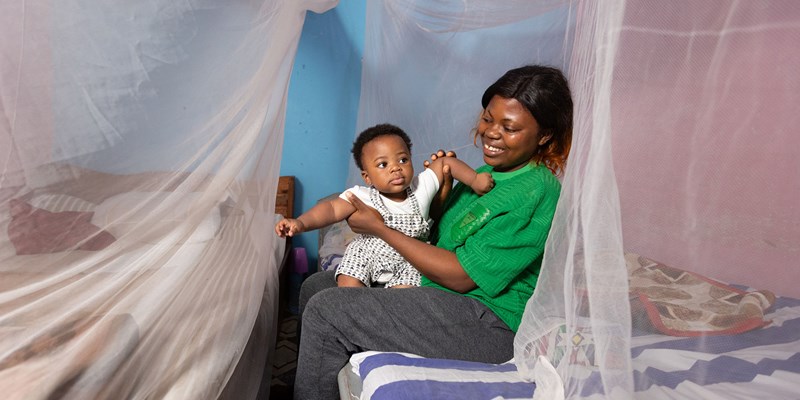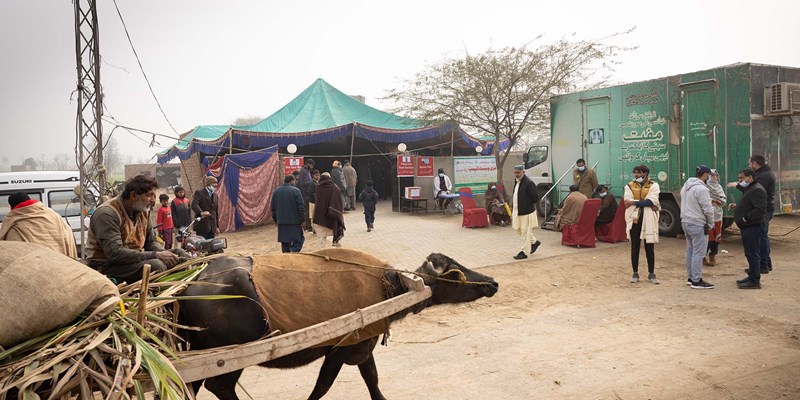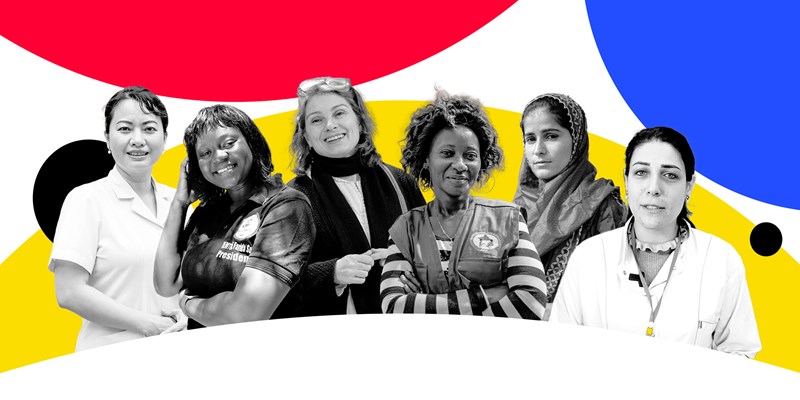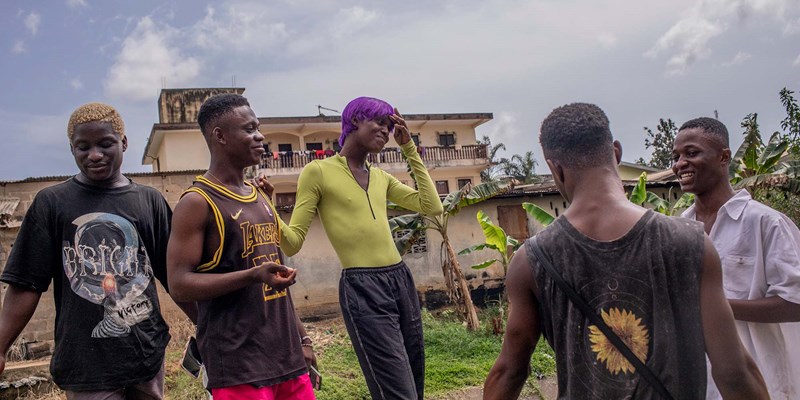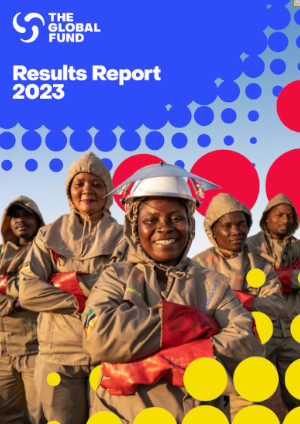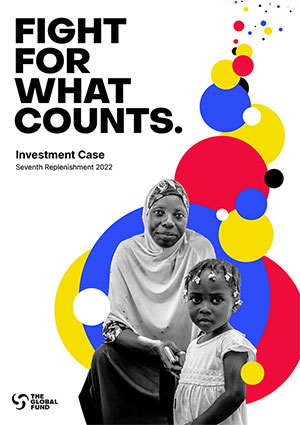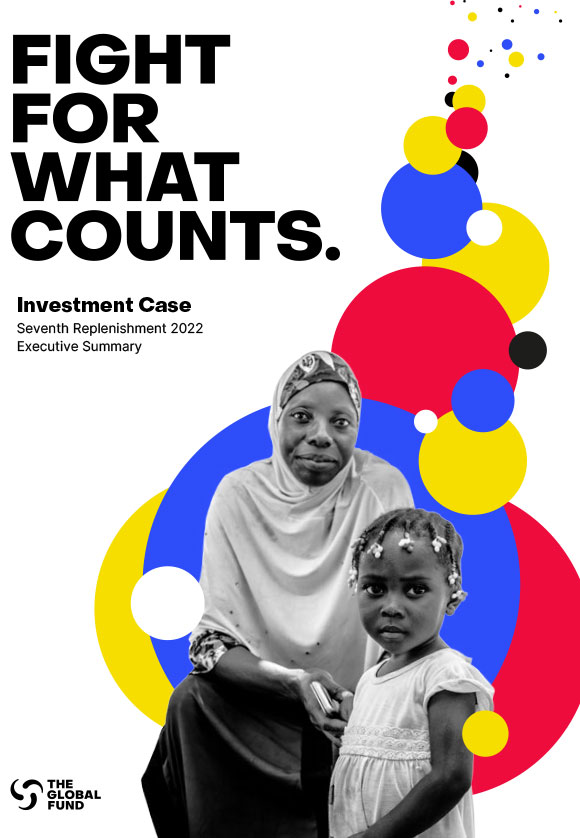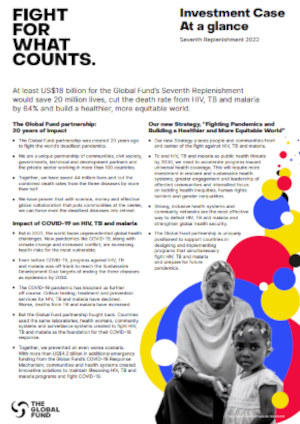Kenya Aims to Reduce Malaria Mortality by Two Thirds by 2017
31 March 2014
NAIROBI, Kenya – The Global Fund, the Government of Kenya, and the African Medical and Research Foundation today signed a grant agreement worth US$80 million that will support Kenya’s continuing fight against malaria.
By maintaining universal coverage with Long-Lasting Insecticide Nets (LLIN), and the provision of quality assured treatment for malaria (ACTs), Kenya expects to reduce malaria mortality by two-thirds by 2017.
“We welcome this funding that is supporting our objective to achieve universal nets ownership in Kenya and availability of diagnostic and treatments for malaria,” said James Macharia, Cabinet Secretary for Health. “These Global Fund grants are focused on scaling up interventions for impact through the procurement and distribution of 7.7 million LLINs in 23 counties.”
The emphasis of targeting for impact is consistent with the new funding model of the Global Fund. This grant aims to bring together the provision of effective medicines and diagnostics to public and faith-based health facilities with quality control for both medicines and diagnostics. In addition it will also continue to support behavior change communication (BCC) and program monitoring and evaluation.
“Since the start, grant implementation in Kenya has contributed to significant gains in malaria control,” said Linden Morrison, Head of High Impact Africa II Department at the Global Fund. “We are encouraged by Kenya’s work and its proposal that aims to sustain the scale-up of its efforts and consolidation of its current gains.”
The programs will be implemented by the National Treasury through Kenya’s Ministry of Health and the African Medical and Research Foundation (AMREF).
The work of the two actors complement each other with the National Treasury undertaking treatment and prevention at facility level, plus vector control measures such as LLIN and IRS.
AMREF is implementing the community case management of malaria, conducting training and undertaking BCC activities. The organization will be supporting over 700 Community Units, more than 7,000 Community Health Workers and 21 Civil Society Organizations.
“With this support, we will be able to reach out to vulnerable communities who have poor access to services,” said Dr. Teguest Guerma, Director General of AMREF. “Community involvement in this fight is very critical. We appreciate the support of the Global Fund, the Government of Kenya and the communities we work with, to strengthen our commitment for a lasting health change in Africa.”
AMREF is a health African Non-Governmental Organisation that implements programmes through communities and in partnership with host governments and Civil Society actors. Through AMREF’s work, Kenya is able to sustain the gains made in reaching vulnerable populations with quality diagnosis, treatment and prevention services.
Kenya has a population of 38 million people. The Malaria Control Program of Kenya estimates that 70 percent of the Kenyan population is at risk of malaria and 66 percent (two thirds of the population) is at risk of malaria in endemic, highland epidemic prone and seasonal transmission areas. The estimated number of malaria cases reported in 2010 was 3.5 million and parasite prevalence among children under five years was 8 percent.
Kenya has reported a decline by up to 44 percent in under-five mortality in sentinel districts, attributed to LLIN use. Inpatient malaria mortality indicated a 47 percent decline between 2000 and 2010.
